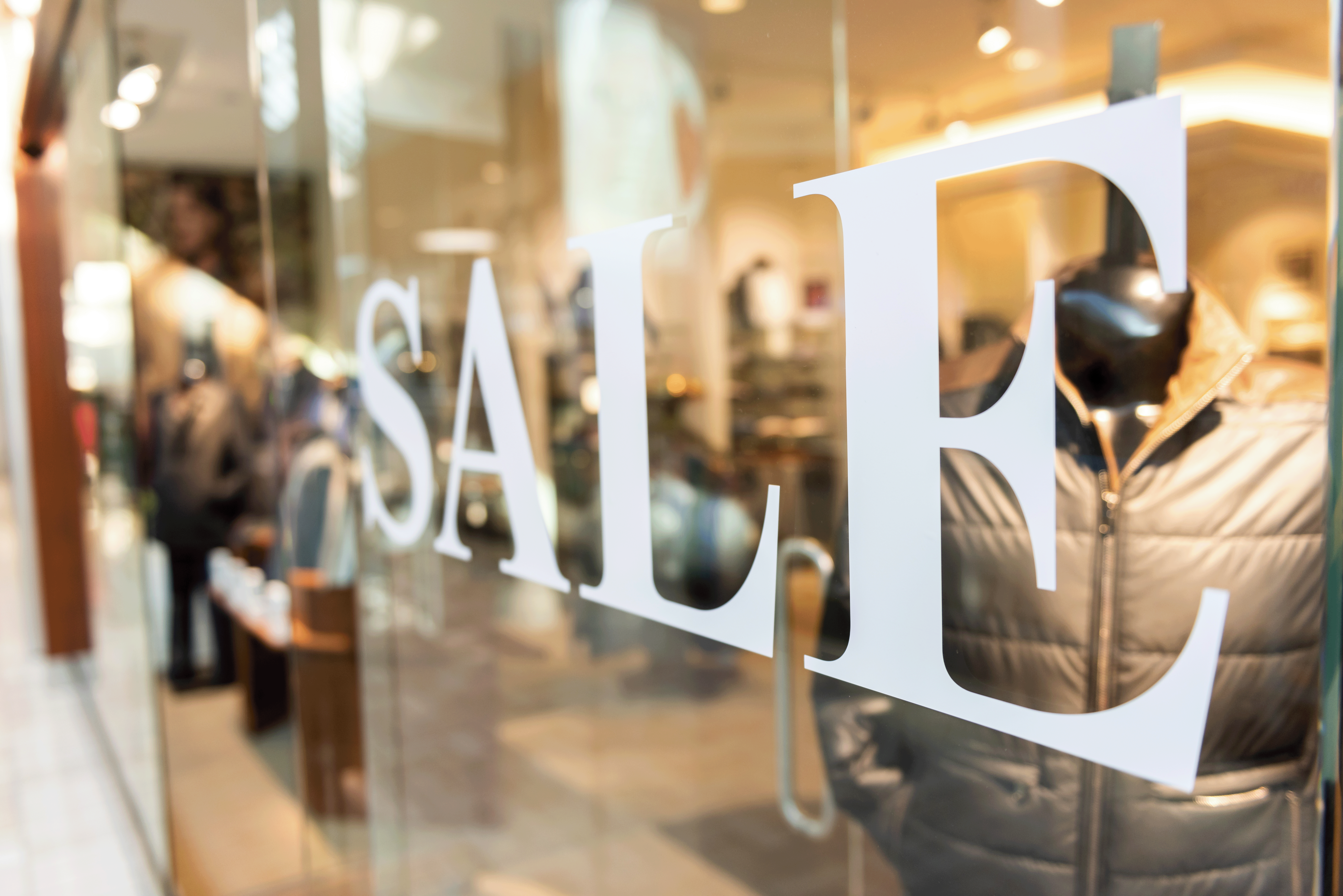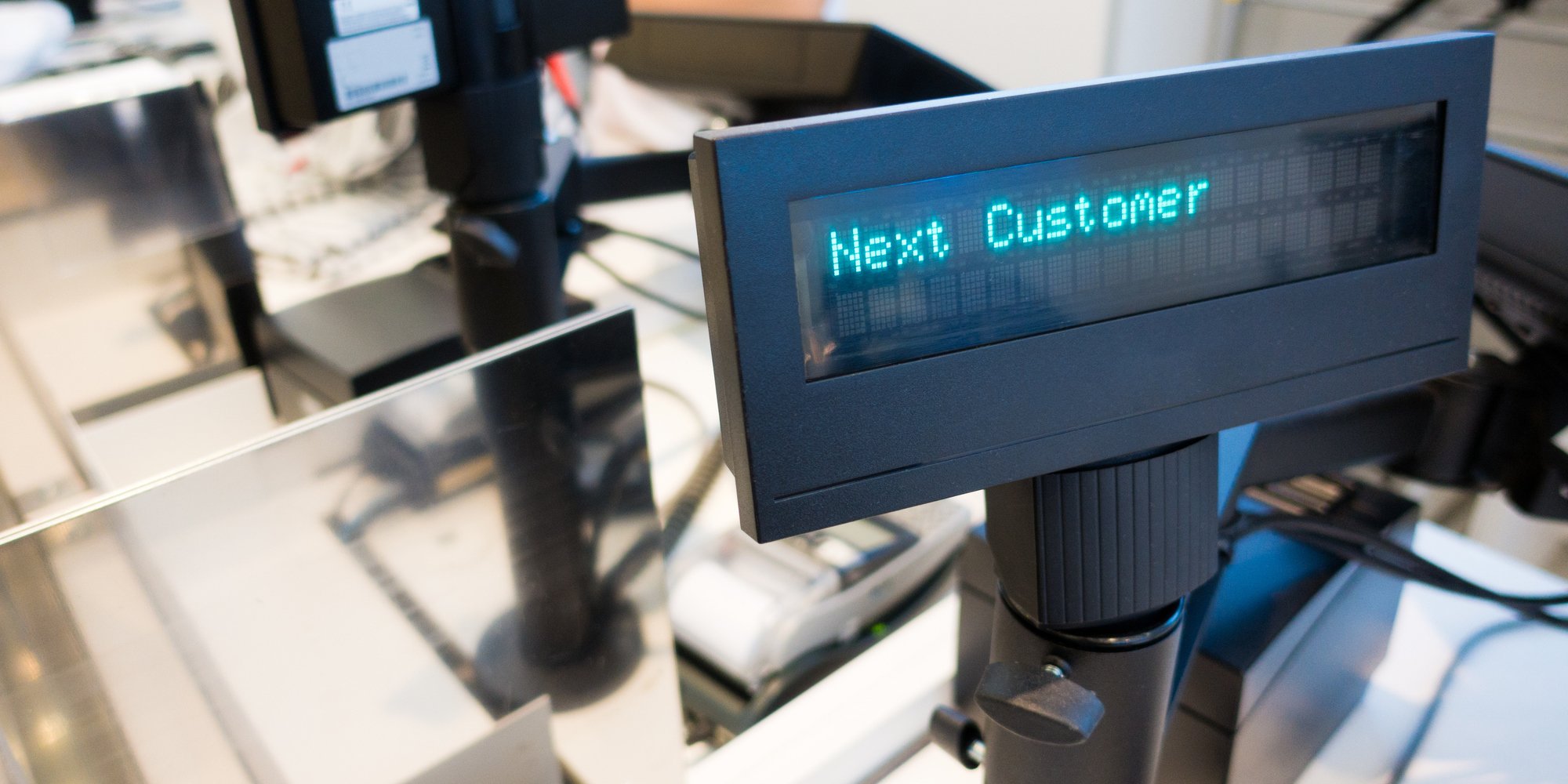The idea is simple: There's incredible value in brands optimizing their in-store footprint to maximize sales.
Physical retail remains the biggest part of the retail market, accounting for up to 90% of overall sales. By using key data, retail brands can determine exactly which stores in their network offer the biggest potential for sales, and invest time and effort into growing these stores.
Take for example one eyewear brand that analyzed in-store data across 10 weeks—and in the process discovered the five conditions that led to sales success in their top performing stores.
A recipe for sales success
The brand narrowed down a list of specific conditions that were present when sales were most successful:
- Three or more store associates were present on the floor
- The product displays were in highly trafficked areas, which led to more opportunities for customer engagement
- Store managers observed high demand among customers for new product styles and variety
- Store associates scored high ratings for product enthusiasm
- Store associates had been trained on the brand’s products
Using these insights, the brand was able to set clear, actionable priorities for field agents across their store network. The stores that are already in top shape could be maintained for continued success, while stores that have a lot of growth potential but that just need a bit of improvement could be targeted with specific action plans.
Understanding the data
This eyewear brand sells a variety of different products in stores around the country. The 10-week analysis, conducted by brand-immersed field agents, identified not only the stores that sold well, but also the reasons why they performed better.
Naturally, the top 30% performing stores simply sold more units, averaging between 17 and 24 products per week compared to between 10 and 11 units per week in the bottom 30% performing stores. Average unit sales were 68% higher in the top stores compared to the underperformers.
Better performance lined up with in-store activity: field agents were able to engage 46% more consumers in the best stores than in the worst ones. Importantly, it wasn’t just the number of customer interactions that made a difference, but also the quality. Field agents assessed store associates’ level of product knowledge and enthusiasm, finding it was nearly twice as high in the top-performing stores.
The upshot was that customers generally seemed more interested in the brand’s products in the best performing stores, and that translated to product demand. All of this observation meant the brand could now start to plan activities where they could make the biggest impact.
Improving the process
This insight gave field agents a better idea of how to proceed in their stores. In some cases, field agents spent their time focusing on associate education, walking store employees through unique product features or training them on new seasonal lines. In other stores, agents said they spent more of their time trying to engage with customers, and as a result, they could more directly influence sales.
Ultimately, the brand benefits because they aren’t applying a one-size-fits-all mentality to every store. Instead, with real-time data straight from the store floor, brands can make specific decisions around the activities that make the biggest difference in driving profitability in their target stores.



